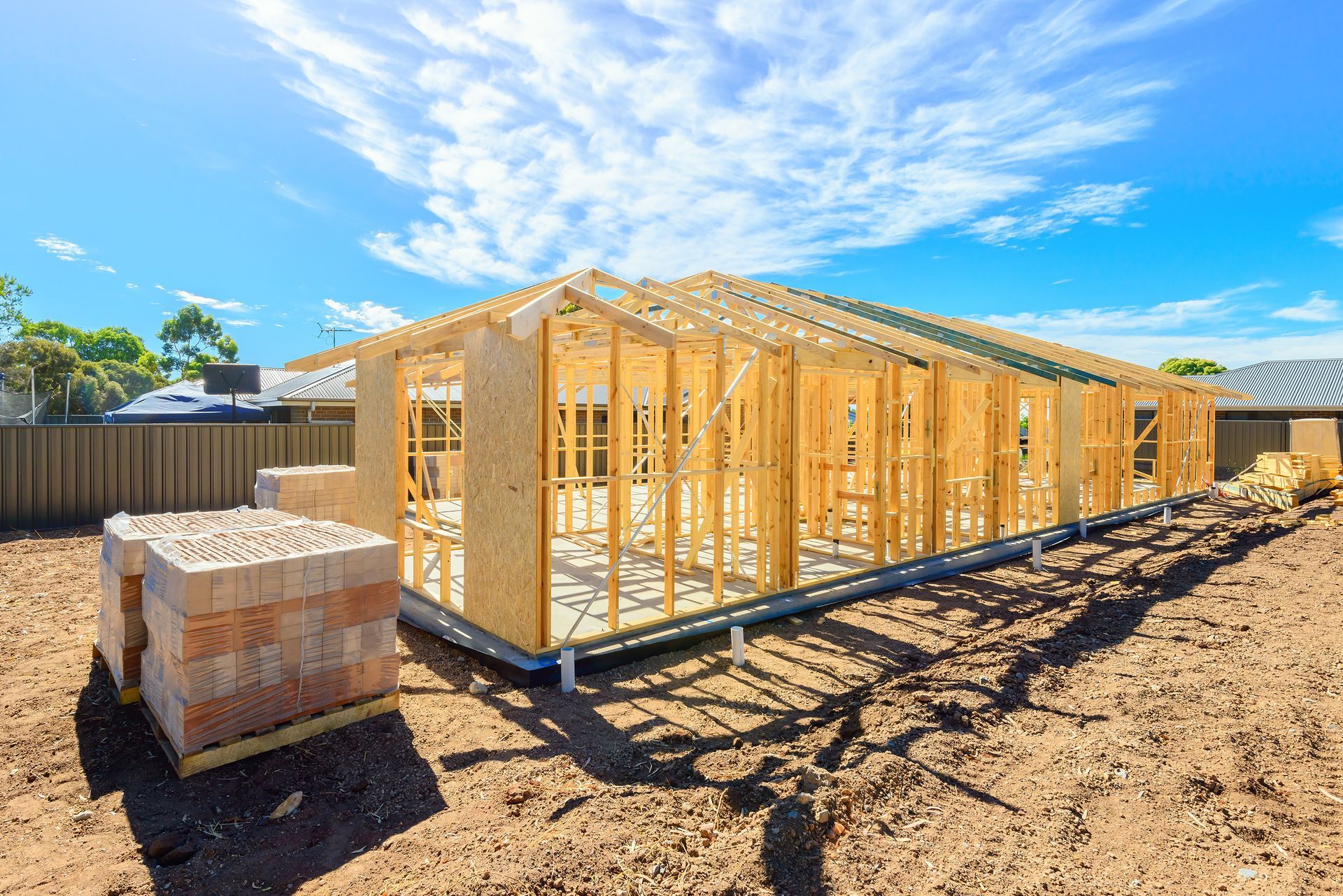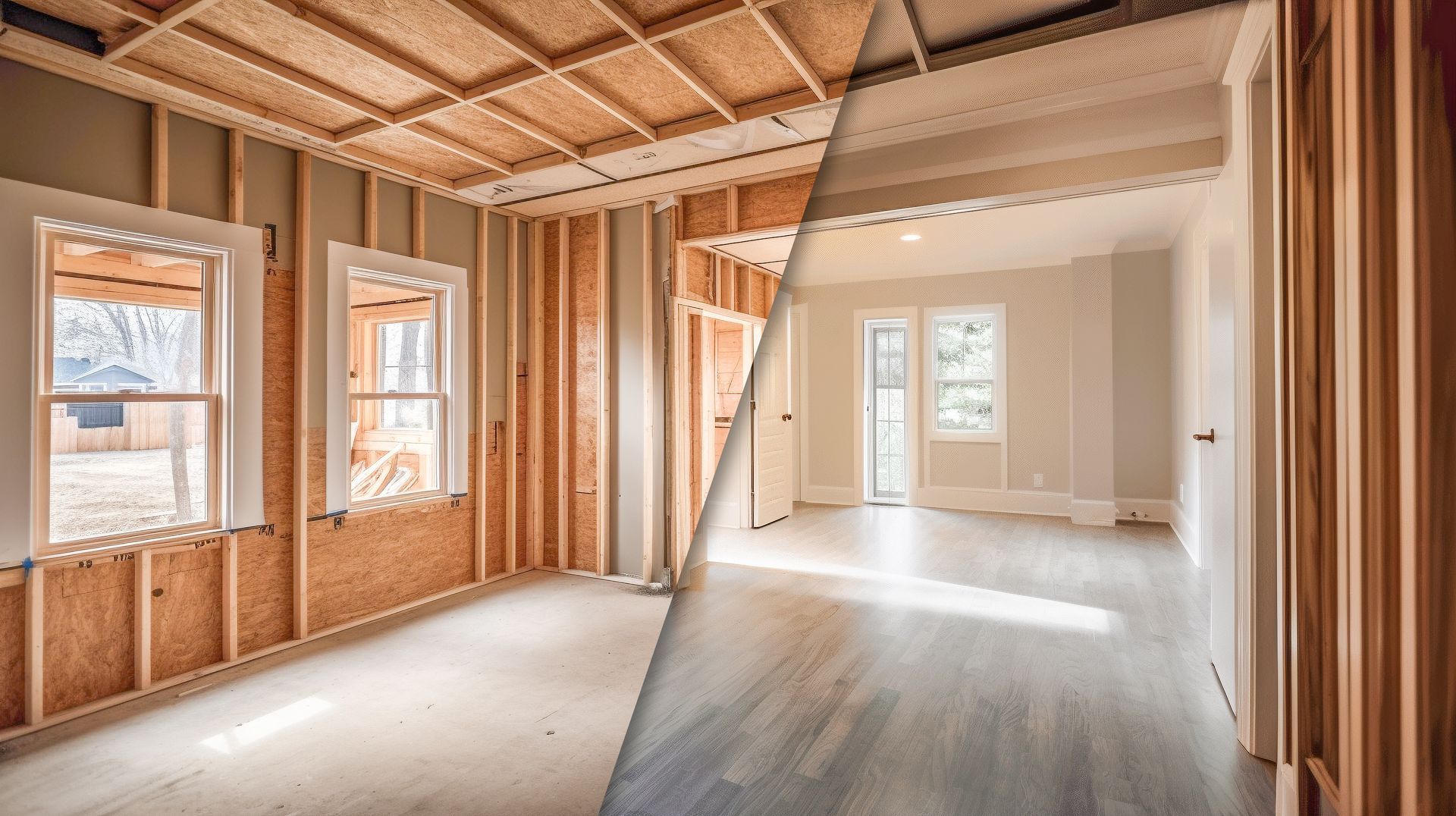Construction Loans Demystified – Financing Your Next Build
Financing a new build or major renovation can be challenging, especially for investors and developers who need short-term funding to bring their projects to life. This is where construction loans come in—offering flexible financing to cover land purchases, labor, and materials while the project is underway. Unlike traditional mortgages, construction loans provide funds in phases, ensuring that money is allocated as work progresses rather than in a lump sum upfront.
For real estate investors, understanding how construction loans work is essential for securing the right financing and managing costs effectively. Whether you’re building a custom home, flipping a property, or developing a multi-unit project, the right loan structure can make all the difference. In this guide, we’ll break down the different types of construction loans, the qualification process, and key strategies for securing the best loan for your project.
What is a Construction Loan?

A construction loan is a short-term financing option designed to fund the costs of building or renovating a property. Unlike traditional mortgages, which provide a lump sum to purchase an existing home, construction loans release funds in stages—also known as a draw schedule—as different phases of the project are completed. This ensures that lenders mitigate risk while providing builders and investors with the capital needed to keep construction moving forward.
These loans typically cover expenses such as land acquisition, labor, materials, permits, and other costs associated with the building process. Since construction loans are considered riskier than standard home loans, they usually have higher interest rates and shorter repayment terms. However, many options exist, including loans that convert into permanent financing once construction is complete, making them an attractive choice for long-term investors and developers.
Types of Construction Loans
Choosing the right type of construction loan depends on your project’s scope, financial goals, and long-term investment strategy. Below are the most common types of construction loans available to builders, developers, and real estate investors.
Construction-to-Permanent Loans
A construction-to-permanent loan provides financing for both the construction phase and long-term mortgage in a single loan. Initially, the borrower makes interest-only payments while the property is being built. Once construction is complete and the final inspection is approved, the loan automatically converts into a standard mortgage with fixed or adjustable rates. This option is ideal for investors or homeowners who plan to keep the property rather than sell it immediately, as it eliminates the need to secure a separate mortgage after construction.
Stand-Alone Construction Loans
A stand-alone construction loan (also known as a two-close loan) is a short-term financing option that must be paid off or refinanced once construction is complete. Unlike construction-to-permanent loans, this type does not automatically convert into a mortgage. Borrowers will need to secure a traditional home loan or sell the property at the end of the construction phase. These loans can be beneficial for investors who plan to flip the property quickly or refinance with a more competitive mortgage rate once construction is finished.
Owner-Builder Loans
For those who plan to act as their own general contractor, an owner-builder loan provides funding without requiring a third-party builder. This type of loan is more challenging to obtain, as lenders typically require borrowers to demonstrate extensive experience in home construction or contracting. If an investor or homeowner qualifies, this loan can significantly reduce costs by eliminating contractor fees. However, many lenders prefer working with licensed builders to minimize risk.
Fix and Flip Construction Loans
Designed specifically for real estate investors, fix and flip construction loans provide short-term financing for purchasing, rehabbing, or even building properties for resale. These loans are typically issued by private lenders or hard money lenders and feature fast approval times, flexible terms, and interest-only payment options. Investors use these loans to quickly renovate distressed properties and sell them for a profit before the loan term expires. Since these are short-term loans, they often come with higher interest rates but offer greater flexibility for investors looking to scale their flipping business.
Understanding the different types of construction loans is essential for choosing the best financing option for your project. Whether you’re building a long-term rental, flipping a property, or acting as your own builder, selecting the right loan structure can significantly impact your project’s success and profitability.
The Construction Loan Process: Step-by-Step
Securing a construction loan requires careful planning, documentation, and coordination with lenders. Unlike traditional mortgages, construction loans follow a structured draw schedule to ensure funds are released at key project milestones. Below is a step-by-step breakdown of how the process works:
1. Pre-qualification and Loan Application
Before applying for a construction loan, borrowers must meet financial and credit requirements set by lenders. Lenders typically look for:
- A strong credit score (usually 680 or higher for traditional lenders).
- A detailed construction plan that includes timelines, blueprints, and cost estimates.
- Proof of a licensed builder or contractor overseeing the project.
- A down payment of 20-25% of the total project cost.
To apply, borrowers must submit financial documents such as tax returns, bank statements, proof of income, and debt obligations. A clear exit strategy (such as refinancing or property resale) is also crucial for approval.
2. Project Review and Underwriting
Once the loan application is submitted, lenders conduct a thorough review of the project’s feasibility and risks. This process includes:
- Appraisal of the after-construction value to ensure the project’s financial viability.
- Verification of the contractor’s credentials and past project success.
- A risk assessment of potential construction delays or cost overruns.
Lenders assess whether the borrower can complete the project within budget and timeline. If approved, the underwriting team finalizes the loan terms.
3. Loan Approval and Closing
After the project passes underwriting, the loan is formally approved, and both parties proceed to closing. At this stage, borrowers:
- Review and sign final loan agreements.
- Make an initial interest payment (as construction loans typically require interest-only payments during the build).
- Provide any down payment or required reserves.
Once closing is complete, funds are placed in a controlled escrow account and disbursed according to the agreed draw schedule.
4. Draw Schedule and Disbursements
Instead of receiving the loan as a lump sum, funds are released in phases, known as draws. Each draw is issued after a progress inspection to ensure work is completed as planned. A typical draw schedule may include:
- Initial draw – Covers land acquisition and initial site preparation.
- Foundation draw – Released after the foundation is poured.
- Framing draw – Issued once structural framing is complete.
- Interior draw – Covers interior work, such as plumbing, electrical, and drywall.
- Final draw – Provided when the project is fully completed and inspected.
Lenders require inspections at each stage before releasing funds, ensuring the loan is used appropriately.
5. Completion and Loan Payoff
Once construction is finished, the borrower must settle the loan through one of the following options:
- Convert the loan into a mortgage (if using a construction-to-permanent loan).
- Refinance into a long-term loan to secure lower interest rates.
- Sell the property to repay the loan if it’s a fix and flip project.
Successful construction loan management requires careful budgeting and adherence to the project timeline to avoid delays and cost overruns.
By understanding the step-by-step process, real estate investors and developers can secure the right financing, complete projects efficiently, and maximize returns. If you’re looking for flexible construction loan options, Trust Bridge can help you navigate every step of the process.
Build with Confidence—Secure the Right Financing Today
Construction loans are essential for real estate investors and builders looking to fund new projects, renovate properties, or expand investment portfolios. Having the right financing in place helps keep projects on budget and on schedule, ensuring a smooth path to profitability. Understanding loan options and how they work allows investors to make informed decisions that minimize risks and maximize returns.
Researching financing options and choosing a trusted lender is key to a successful investment. At Trust Bridge, we specialize in loans for real estate investors, offering flexible and reliable funding solutions to support construction projects. From fix and flip financing to large-scale developments, our expert team is ready to guide you through every step of the process. Contact Trust Bridge today to secure the right loan for your next investment.





